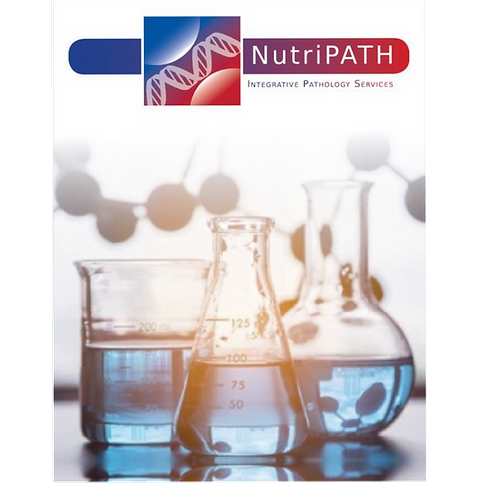

IgG - Allergy
Blood Testing
Method - Blood spot or
Blood draw at local laboratory
Depending on the items chosen
Test Results
3-4 weeks
Sample Report
Items tested
Options
Food Items
-
There are many food items which can be chosen according what your needs are.
These will be discussed and chosen with your practitioner during consult.
Moulds
-
There are many types of moulds and mycotoxins which can be chosen according to what your needs are.
These will be discussed and chosen with your practitioner during consult.
Inhalants
-
Grasses: Bahia Grass, Bermuda Grass, Common Reed Grass, Cultivated Rye Grass,Johnson Grass, June Grass (Kentucky Blue), Meadow Fescue, Orchard Grass, Perennial Rye Grass, Sweet Vernal Grass, Timothy Grass, Velvet Grass
-
Miscellaneous: Cat Dander, Cockroach, Cow Dander, Dog Dander, Horse Dander,Dust Mite – D. farina, Dust Mite – D. pteronyssinus, House Dust
-
Moulds: Aspergillus fumigatus, Alternaria fenuis/Alternata, Candida albicans,Cladosporium herbarum, Penicillium notatum
-
Trees: Acacia, Alder, Beech, Birch, Cottonwood, Elm, Eucalyptus, Hazelnut, Maple, Melaleuca, Oak, Olive, Sycamore, Walnut, White Pine, Willow
-
Weeds: Common Ragweed, Dandelion, English Plantain, Goldenrod, Lamb’s Quarters,Mugwort, Nettle, Rough Marsh Elder, Russian Thistle


Food Allergies & Sensitivities
Food sensitivities can cause a wide range of symptoms and disorders. The foods that cause these delayed reactions are often hard to diagnose because of the time between consumption and the physical reaction. The IgG food allergy test offers a useful tool for detecting the foods causing this response. The results are patient specific and provide an easy, precise and effective starting point in dietary changes.
The foods that cause these delayed reactions are often hard to diagnose because of the time between consumption and the physical reaction. Generally, an IgG reaction occurs hours to days after exposure to these food antigens.
Mould Allergies & Sensitivities
The IgE moulds panel is an allergy test which evaluates serum IgE levels specific to common moulds. This is an ideal allergy test for patients with suspected environmental issues.
The allergic IgE response is comprised of not only an immediate event but in many cases a late event as well. The early phase reaction usually occurs within 15 minutes of exposure to the allergen. The late phase reaction may then occur 4-6 hours later and persist for days with increased inflammation.
Symptoms & Conditions Associated with Allergies & Sensitivities
-
Allergic or inflammatory type reactions such as eczema, allergic dermatitis, psoriasis, hay-fever, rhinitis, sinusitis, itchy-red eyes
-
Gastrointestinal disturbances such as IBS symptoms, bloating, stomach pain, diarrhoea, constipation, nausea, reflux and indigestion
-
Acute and chronic respiratory conditions such as asthma, emphysema, bronchitis e.g.
-
Recurrent infections & chronic inflammation with unknown cause
To book your consultation, click here.
